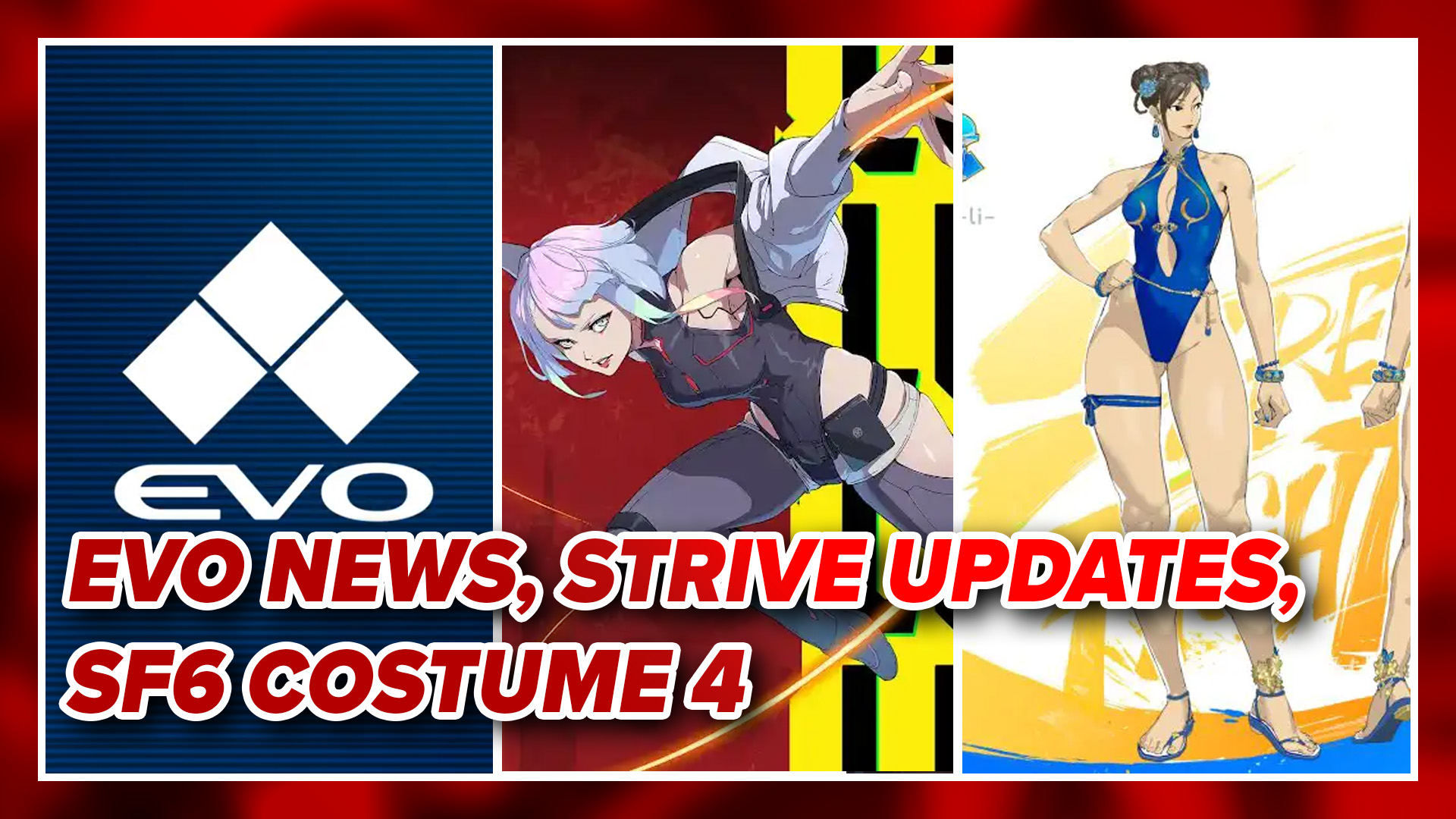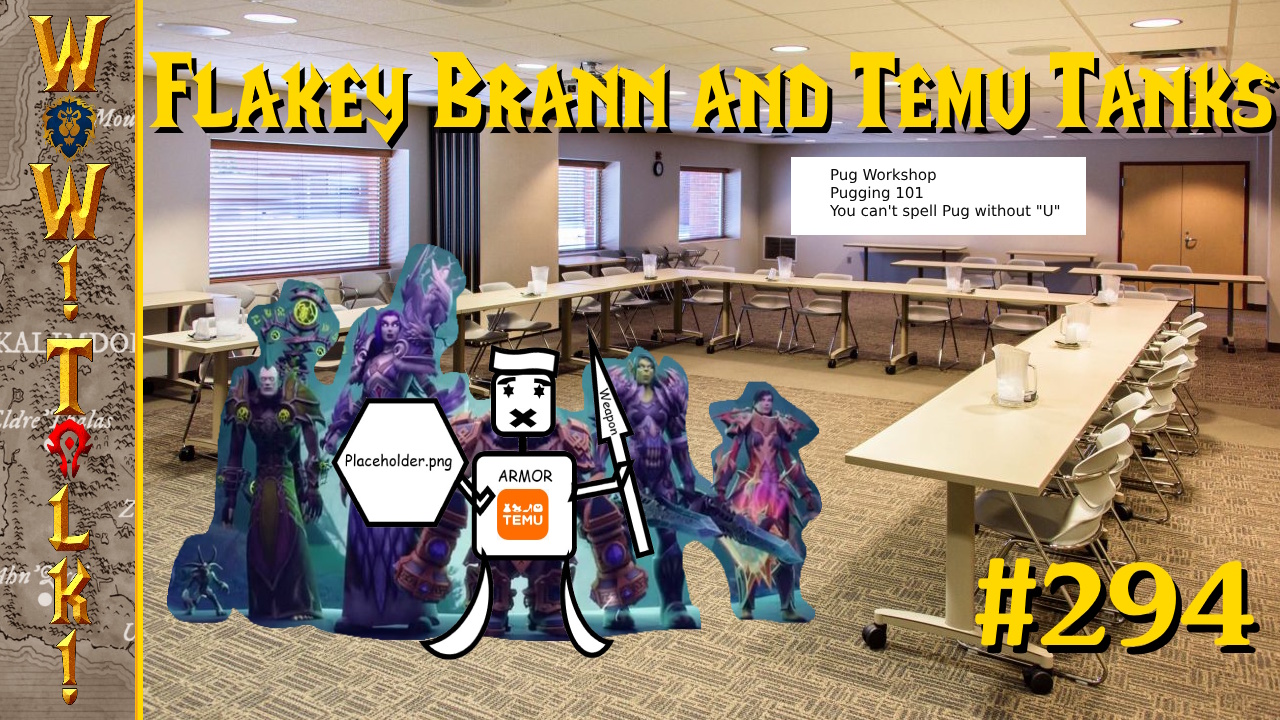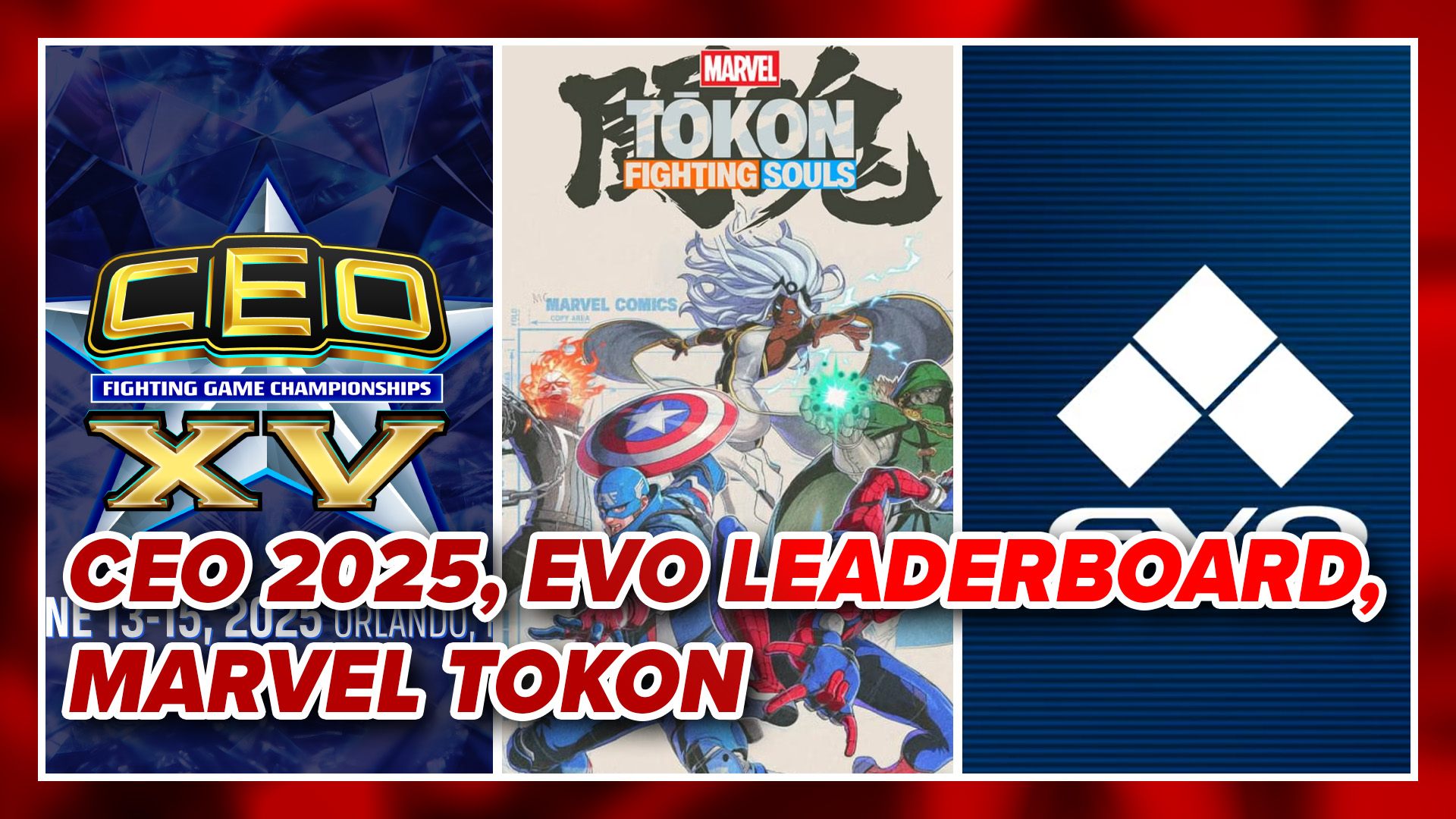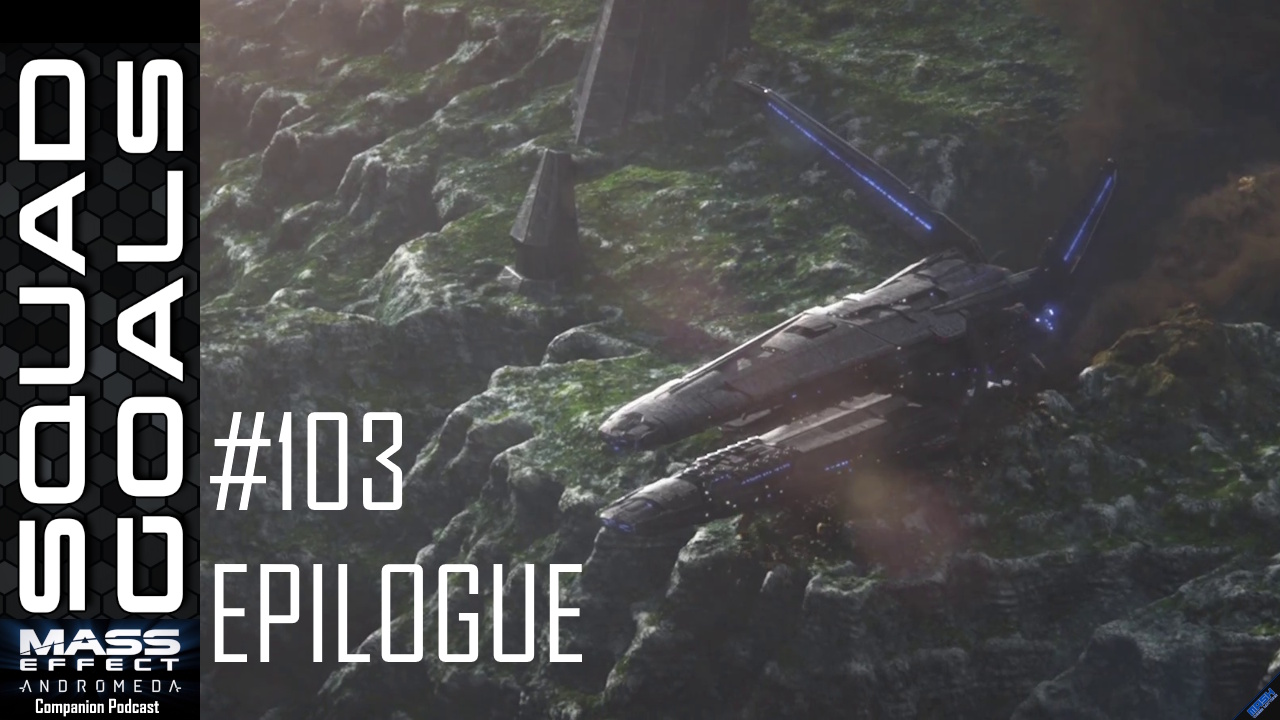
This review is late. Sorry about that. But its late for a good reason — playing Rogue Legacy is too much fun to put down.
Rogue Legacy is aptly named. The game itself features basic rogue-like gameplay by having the player entering a randomly generated castle, Castle Hamson, to fight monsters and search for treasures. The legacy part of the name comes in that each time you die you can choose one of three heirs to go in to the castle next. So as you attempt to unlock the final chamber in the castle you leave behind a lengthy lineage of failed heroes.
Each generation there are three heroes for the player to choose. These heroes are randomly created, so not every class or gender will be available each time. While that may seem like a restriction, Rogue Legacy demonstrates just how great it is by using a traits system. Each character has up to two traits. While some of these traits seem to be for flavor such as bald, gay, or coprolalia (a potty mouth), every trait has an impact in the game world. Bald, aside from making your character bald, makes the loading screen say balding instead of building. Gay switches whether the male or female statues grant health or mana. Coprolalia has your character spurting speech bubbles of punctuation marks, but also the swearing also reduces recovery time.

There are over thirty different traits, and while at first they seemed amusing for their own sake, one of the great revelations of playing Rogue Legacy is finding out how each of the traits change gameplay. Some are obvious. Vertigo completely flips the screen upside-down, and simply navigating becomes a challenge in its own right. Alektorophobia is a fear of chickens, which is a problem since chicken legs provide health boosts. Dwarfism makes the character smaller, which seems detrimental at first since your attack range is also reduced, but there are hidden paths that are only accessible to smaller characters. One of the more frustrating aspects to Rogue Legacy (and one of the features that make it so addictive) is that as you proceed through Castle Hamson, you’ll find chests or spaces that are only accessible by characters with other traits, and you’ll need to die and hope that the right character spawns to access them.
Upon death all gold acquired is passed to your heir. However, in order to enter the castle the heir must give all their gold to Charon. This forces players to spend the money to upgrade their manor, which includes a castle of their own and a base camp. Upgrading the manor involves purchasing various stat upgrades, base upgrades, or advanced classes. These upgrades are mapped over the image of a castle, and as you purchase the upgrades this castle expands to present more options to purchase. Stat upgrades are used to increase health, crit chance and damage, and carrying weight. Base upgrades include a blacksmith, an enchantress, and an architect.
The blacksmith and the enchantress serve similar purposes. Blueprints and runes can be found while exploring Castle Hamson. The blacksmith uses the blueprints to make weapons and armor that can be purchased from him while the enchantress uses the runes to imbue your gear with attributes like a dash feature or a double-jump. The architect, however, can prevent the random layouts of Castle Hamson and the surrounding areas from changing, so that the map stays the same on each play-through. This is great for trying to get to certain hard-to-reach treasure chests or practicing battles against certain bosses, but the price is a 40% reduction in gold found. It’s a hefty, but worthy cost.

Rogue Legacy is best played with a gamepad. Each character has a sword for melee attacks and a randomly assigned spell such as throwing daggers, or summoning a giant sword as a barrier. Advanced classes earn a second spell, like paladins being able to use a shield, or barbarian kings/queens shouting “FUS RO DAH!” and knocking all nearby enemies back. Without a gamepad all control is done with the keyboard, and since you’ll need four keys to navigate plus two spell buttons and a jump key, proper keybinding is important. The game itself plays like a 2-D platformer, so jumping, swinging, and spellcasting at the right time is super important. It can be easy to feel dominant, slaying monsters and evading traps, only to make one wrong move and then find yourself low on health and in trouble. Death comes quickly in Rogue Legacy, but there’s always a trio of ready heirs to step up at any time.
The first room of Castle Hamson always features a locked chamber that can only be unlocked after slaying the five bosses. In addition to the castle, there are other regions to explore; each presumably housing one of the bosses. Above the castle is additional rooms called the Maya, below the castle is a cave-like region called the Darkness, and to the right of the castle is the Forest Abkhazia. The monsters in these areas get tougher, so you’ll need to be higher level to advance.
Journals are located in random rooms, and their entries detail the story of an adventurer who tried to conquer Castle Hamson and unlock the chamber, helping to enlighten you on what you’re doing. Also, upon death each character has parting words (except for those with coprolalia, as they just curse.) Sometimes the parting words are obvious, like advice that different runes are suited for different battles, but sometimes the advice can be important. I had no idea what purpose the P.A.D. trait served (Peripherial Arterial Disease — your character lacks a foot pulse) until I saw the dying words “spike traps detect the pulse of the living to know when to activate”. The fact that all this information is contained within the game itself is impressive.

The music for Rogue Legacy is decent. It elicits the feeling of dungeon crawling, but I haven’t found myself humming any of the tunes. Graphically, the game looks like a throwback to 16-bit sprite based games. Being a rogue-like, the game hearkens back to an older style of gameplay, so it makes sense that the graphics would do so too.
I love rogue-like games, and the features that Rogue Legacy introduces make this a worthy entry into the genre. This premise of the game is fairly simple — randomly generated character enters randomly generated castle. But the way these systems interact makes Rogue Legacy highly addictive. If you like old-school rogue-likes with a healthy sense of humor, this game is for you.




